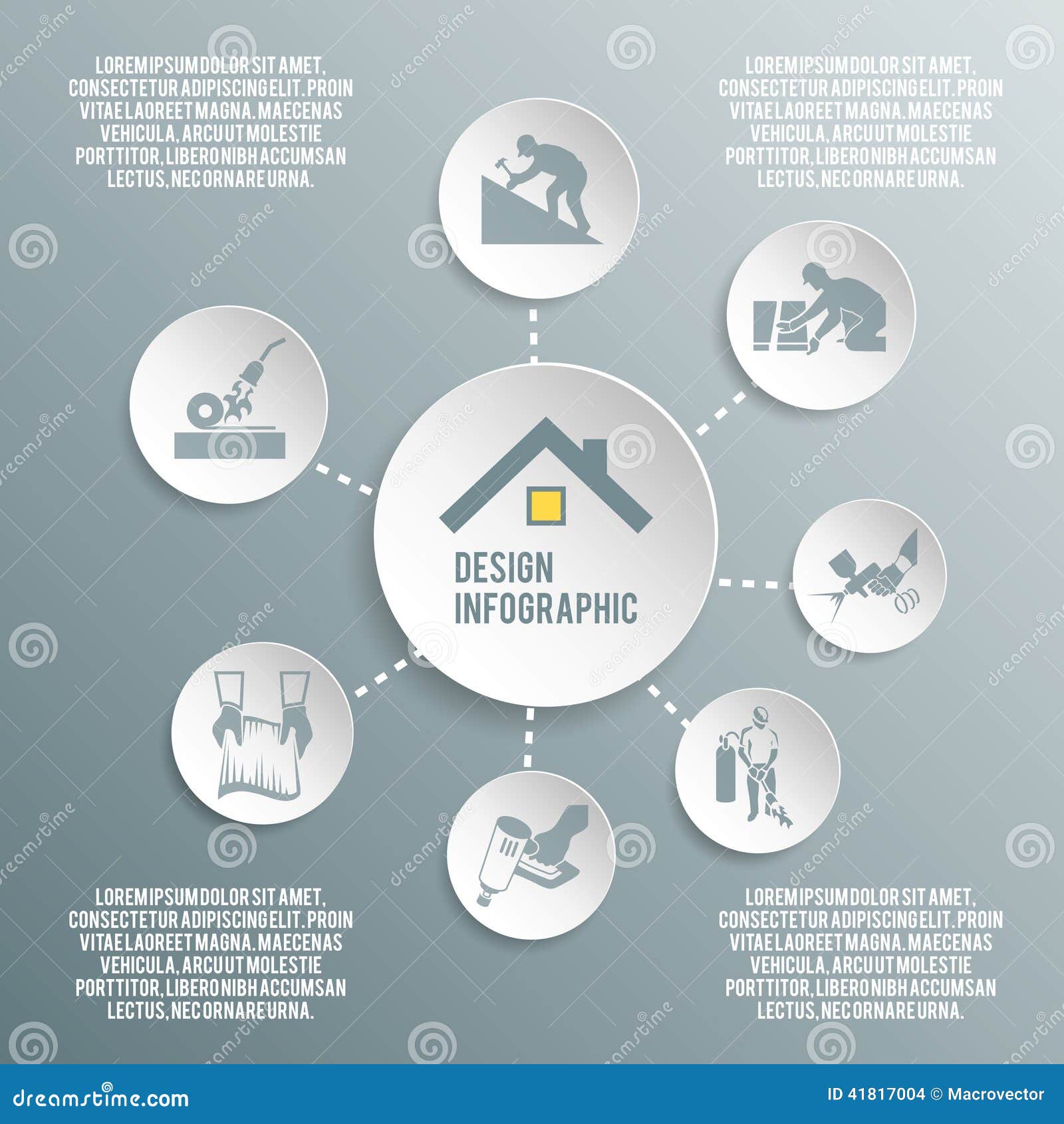A Novice'S Guide To Understanding Photovoltaic Panel Technology And How It Works
A Novice'S Guide To Understanding Photovoltaic Panel Technology And How It Works
Blog Article
Published By-Morin Erickson
So, you've heard about solar panels and their prospective to generate electrical power from sunlight, but just how precisely do they work? Understanding the complex modern technology behind photovoltaic panels can be a remarkable trip right into the globe of renewable energy. From the fundamental principles of solar batteries to the detailed components that comprise a solar panel system, there's a whole realm of expertise waiting to be discovered. Allow's unwind the enigmas of photovoltaic panel modern technology with each other.
Photovoltaic Panel Modern Technology Principles
To really grasp the essence of solar panel modern technology, you should explore the essential concepts that underpin its functionality. Solar panels include photovoltaic cells, commonly made from silicon, which have the remarkable capacity to convert sunlight into electrical energy via the solar impact. When sunlight hits the cells, the photons in the light interact with the silicon atoms, triggering the electrons to damage without their atomic bonds. https://kameronqbktj.weblogco.com/32802098/recognizing-the-influence-of-weather-condition-on-photovoltaic-panel-efficiency-important-info-to-take-into-consideration creates an electric current that can then be utilized for powering numerous tools.
The essential component of solar panels is the semiconductors within the photovoltaic cells, which facilitate the conversion of sunshine right into functional electrical power. These semiconductors have both positive and adverse layers, producing an electric area that permits the circulation of electrons.
https://beaudinsx.tkzblog.com/32527039/wondering-how-weather-condition-impacts-your-solar-panels-efficiency-reveal-the-tricks-of-taking-full-advantage-of-solar-panel-efficiency-in-altering-weather-conditions of electrons, when connected in a circuit, produces straight present (DC) electrical energy. Understanding these basic principles is important for valuing how photovoltaic panels can harness the sunlight's energy to power homes, businesses, and also satellites in space.
Exactly How Solar Panels Generate Electricity
Photovoltaic panel harness the sunlight's power by converting sunlight right into power with a process known as the solar impact. When sunlight hits the solar panels, the photons (light bits) are taken in by the semiconducting materials within the panels, generally constructed from silicon. Suggested Web site produces an electrical current as the photons knock electrons loosened from the atoms within the product.
The electrical fields within the solar batteries after that force these electrons to stream in a specific direction, creating a straight current (DC) of electrical energy. This straight current is then passed through an inverter, which transforms it into rotating existing (AIR CONDITIONER) electrical power that can be used to power your home or company.
Excess electrical power produced by the photovoltaic panels can be kept in batteries for later usage or fed back right into the grid for credit report with a process called internet metering. Recognizing how solar panels create electrical energy is critical to appreciating the environmental and cost-saving advantages of solar energy systems.
Comprehending Solar Panel Elements
One critical element of solar panel modern technology is recognizing the various components that compose a solar panel system.
The crucial parts of a solar panel system consist of the photovoltaic panels themselves, which are comprised of photovoltaic cells that transform sunshine into electricity. These panels are placed on a framework, often a roof covering, to capture sunshine.
Along with the panels, there are inverters that transform the straight current (DC) electrical power created by the panels right into alternating current (A/C) electrical energy that can be used in homes or services.
The system additionally consists of racking to sustain and position the photovoltaic panels for optimal sunlight direct exposure. In addition, wires and ports are necessary for moving the power generated by the panels to the electric system of a building.
Lastly, a tracking system might be included to track the efficiency of the photovoltaic panel system and ensure it's operating effectively. Understanding these parts is important for any individual seeking to set up or utilize photovoltaic panel innovation properly.
Final thought
Now that you understand the essentials of solar panel technology and exactly how it works, you can appreciate the power of harnessing sunlight to generate clean and renewable resource for your building. By making use of the photovoltaic impact and components like inverters and monitoring systems, you can contribute to an extra lasting future while also possibly saving money on power costs. Maintain knowing and checking out the opportunities of solar power for a greener tomorrow.
